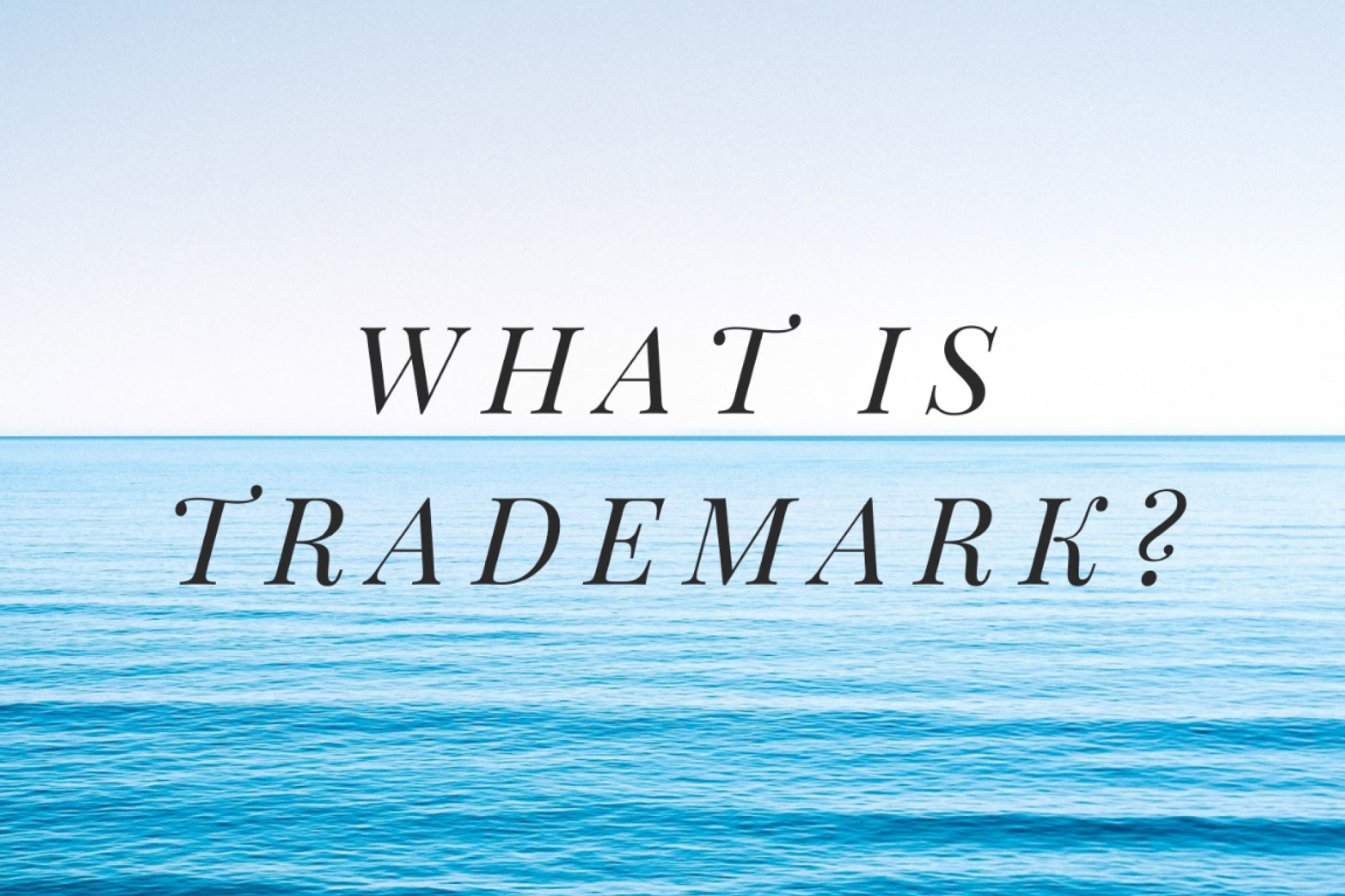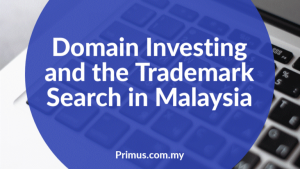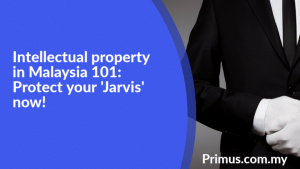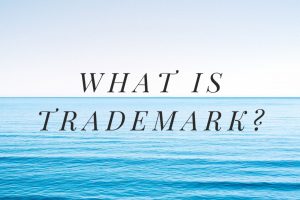Written by Erienna Chong
If one separates the word ‘trade mark’, ‘trade’ means business and ‘mark’ means a symbol or sign. Therefore, this seemingly complicated word essentially means any mark which instantly allows consumers to recognize a brand or business. The mark of your trade.
The dictionary definition of trademark is ‘a symbol, word, or words legally registered or established by use as representing a company or product.’
In simple words, it is anything that helps consumers identify your brand. It can also be understood as the brand’s ‘unique selling point’.
If one wants to get technical in the actual definition of trademark, it is clearly stated in the Trademarks Act 2019.
Trademark, according to Malaysia’s Trademarks Act 2019, is defined as ‘any sign capable of being represented graphically which is capable of distinguishing goods or services of one undertaking from those of other undertakings.’
According to the. Trademarks Act 2019, sign consists of ‘any letter, word, name, signature, numeral, device, brand, heading, label, ticket, shape of goods or their packaging, color, sound, scent, hologram, positioning, sequence of motion or any combination thereof.’
Just like how water can take the different forms of solid, liquid and gas, this essentially means that trademarks may be in the form of any of the signs mentioned above.
Wow, it sounds complicated doesn’t it?
Don’t worry, let me break it down for you.
In this article, we shall be understanding the different forms of trademarks.
The most common trademarks filed can be classified under three main categories: Word marks, Device marks and marks that take special forms.
WORD MARK
Firstly, we have the Word Mark:
- Refers only to text, spelling and oral pronunciation of the word.
- It does not protect design elements or logos.
- Includes letter, word, name, signature, slogan, numeral, heading
- The best word trademarks are random, unusual, eccentric or quirky words that do not have any connection between the brand name and any feature of their product or service. Invented word trademarks have a high level of legal protection.
NAME
It is the name of a person, business or firm represented in a distinctive manner.
It can also be the name of the founder. Louis Vuitton created a reputable brand and business using his name. Therefore, his name alone is enough to help consumers instantly recognize his products and that is why it can be used as a trademark.
Examples of brands that trademarked their name include Ralph Lauren, Calvin Klein, Ben & Jerry’s, Jean Perry, Maggi, etc.
Geographical Name
Geographical names are basically the names of places. For example: Malaysia, America, Manhattan, etc.
It is not advised to be trademarked as a word mark because there is a higher chance of getting rejected. Brands with geographical names are often registered as a logo or combination mark rather than a word mark.
SIGNATURE
Did you know that Taylor Swift trademarked her signature?
Other than Taylor Swift, John Lennon and Walt Disney also trademarked their signatures. The ‘Walt Disney’ logo is a stylized version of the famed founder’s actual signature.
Imagine being so famous that even your signature becomes a trademark.
Talk about making your mark in the industry!
Those who have signature trademarks are usually celebrities because the person themselves are the brand.
Thus, one needs to ensure that your brand has enough significance before using this option.
WORDS
Invented Words
Words that have no meaning in the English dictionary.
Examples of brands with invented words include Exxon, Kodak, Pixar, Xerox, Adidas, Google, Wii, etc.
-A combination of two words that exist in the dictionary cannot be regarded as an invented word. Ex: Jobstreet, Starbucks, Coffee Bean
-A foreign word is not considered an invented word unless it is not recognized in the country of application.
For example, Tableau Software is an American visualization company and ‘tableau’ means ‘picture’ in French. They currently own the word mark ‘TABLEAU SOFTWARE’ as well as a combination mark.
Descriptive or Generic Terms
Terms with direct reference to the character or quality of goods or services have a higher probability of being rejected. This is because it is unfair to give a trader exclusive rights over a descriptive adjective.
The most commonly used example to illustrate this point is that a trader trying to trademark the word ‘sweet’ for a candy store will not be accepted because a vast majority of confectionary items are sweet and it would not be right to allow one trader to monopolize that descriptive term.
‘Blackberry’ is accepted as a trademark because it had no direct reference to the product, Personal Digital Assistants (PDAs). Australian brand ‘Billabong’ is also allowed as a trademark because the word, which means ‘oxbow lake’ has no connection to the brand’s product, surf, skate, snowboard clothing & accessories.
NUMERAL
-Means a word, letter, symbol, or figure, etc. expressing a number
Example: Forever 21, 7-Eleven, 7-up
Usually there will be a disclaimer that the registration of the trademark shall give no right to the exclusive use of the numeral.
LETTER
Some examples include WWE (World Wrestling Entertainment), Burger King’s ‘BK’ as well as WWF which stands for World Wide Fund for Nature).
DEVICE MARK
Next, we shall explore Device Marks:
- Device is just a fancy word for picture.
- Includes any logo, picture or any other figure.
- It can also be a combination of word and logo, also known as combination mark.
LOGO
-Most commonly seen picture mark form
-Often used to market goods or services and in all other interactions with consumers
-Need to be descriptive, unique and distinctive so consumers can easily identify it
-Can choose to represent the mark in black and white or colour.
-If filed for black and white logo, then colour is flexible.
-If filed with specific colours, then one secures the right of the mark in those colours only.
You will need to use that mark throughout. If one wants to change any element in the mark, they will need to go through the trademark registering process again.
COMBINATION MARK
This is the most commonly filed mark. Most brands generally go for a word and logo combination mark. This ensures protection of the combination mark as a whole and it does not necessarily guarantee protection over the individual elements in the mark. Similar to a logo mark, if one files for a specific combination of colours, they have to stick to the registered colour scheme and are not permitted to make any changes. Filing the combination mark in black-and-white allows more flexibility to be able to play around with the colours.
SPECIAL FORM MARKS
Last but not certainly not least, let us look at the unique forms of trademarks recently just introduced to Malaysia in the new Trademarks Act 2019. These marks are not common in our country yet.
SHAPE TRADEMARKS OR 3D REPRESENTATION
-Protects shapes specific to particular goods or services, including packaging
-Shape refers to the specific shape of the product.
The most widely-used example to illustrate this form of trademark would be Toblerone chocolate. Kraft Foods Schweiz Holding GmbH trademarked the chocolate’s signature triangular, prism shape as well as their packaging.
COLOUR
-May be part of the packaging or related to the products.
-A colour trademark prevents other competitors in the same industry from using the trademarked colour by giving them rights over one specific colour or a combination of colours.
What colour comes to mind when you think of Barbie dolls?
Definitely not blue or green.
Barbie’s signature pink colour has been trademarked by Mattel Inc as ‘Mattel Barbie Pink.’
No wonder we don’t see other girl toy brands using this colour!
Other popular examples of brands that trademarked their colour include luxury jeweller & retailer Tiffany & Co’s blue and Cadbury chocolate’s purple.
SOUND
-Any audio or sonic branding.
Audio branding expert Mikey Ballou defines sonic branding as ‘strategic use of music & sound to reinforce brand recognition and enhance consumer experience’
-Includes jingles, ringtones, or any special sound that brings a particular good or service to mind.
Examples of sound trademarks include Hunger Games Mockingjay whistle, The 20th Century Fox “fanfare”
Yes, even Darth Vader’s breathing has been trademarked!
I mean, how ‘kiasu’ can one get?
SCENT
-Protects a special smell that immediately helps consumers identify a trader’s products.
-It cannot be related to with the nature of the business. A perfume shop cannot trademark their perfume scent.
For example, footwear company Grendene S.A trademarked their bubble gum-scented MELISSA sandals.
HOLOGRAMS
Based on the Cambridge dictionary, it refers to ‘a special type of image made with a laser in which the objects shown look solid, as if they’re real, rather than flat.’ Holograms commonly take the form of shiny stickers.
The most famous example of this trademark is the British multi-national company GlaxoSmithKline (GSK)’s hologram which appears on their pharmaceutical products.
POSITIONING
-Exact and specific placement of a trademark on a product.
-Basically, one is allowed to trademark the exact spot where one places their trademark.
-It is common in Europe and shoe brands tend to use this position trademark more.
Example: Italian luxury shoe brand Henderson trademarked the position of the ‘H’ on their handmade leather sneakers.
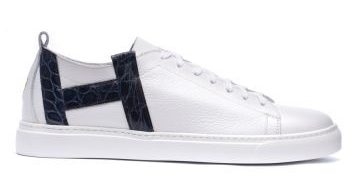
HUB BUB B.V also trademarked the position of a ‘bent line that is located on the side and underside of the shoe.’
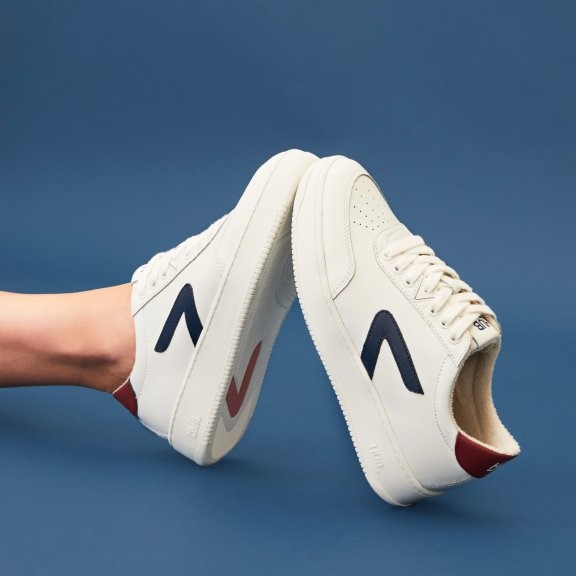
MOTION OR SEQUENCE OF MOTION:
-A trade mark that contains a movement or a position change of the elements in the mark. It can also be in a sequence of movements or motion.
Example: Toshiba
Toshiba is the first to successfully register a ‘motion’ trademark in the UK.
You can watch their registered trademark here:
https://trademarks.ipo.gov.uk/ipo-tmcase/page/Results/1/UK00003375593
Another example is Nokia’s ‘clasping hand sequence’ on their opening screen display.
In a nutshell, here are the different forms of trademarks made easy for you to understand. Businesses are encouraged to register for trademark protection.
Why?
Ah, that is an article for next time.
***
Would you like to learn how to easily register for a trademark?
PRIMUS IP is an Intellectual Property (IP) legal consulting firm. Established since 2014, we provide advisory and consulting services in all IP related matters.
We have the unique capability to advise and provide practical and customized solutions from both a legal and corporate perspective.
Over the years we have had more than 500 clients and have done almost 1,000 applications.
Serving more than half a thousand clients and having done almost 1,000 applications as small-medium enterprise, we have the responsiveness of a small firm, but the quality of a big firm.
Our team includes people from diverse educational backgrounds such as law, science, business and mass communications to meet the ever-changing needs of the industry in order to equip ourselves to enhance client and customer service.
For more information,
Visit our website: https://www.primus.com.my/
Contact us via Whatsapp @ https://wa.link/y5dxfk
Like and follow us on Facebook and LinkedIn at PRIMUS IP for more updates.

